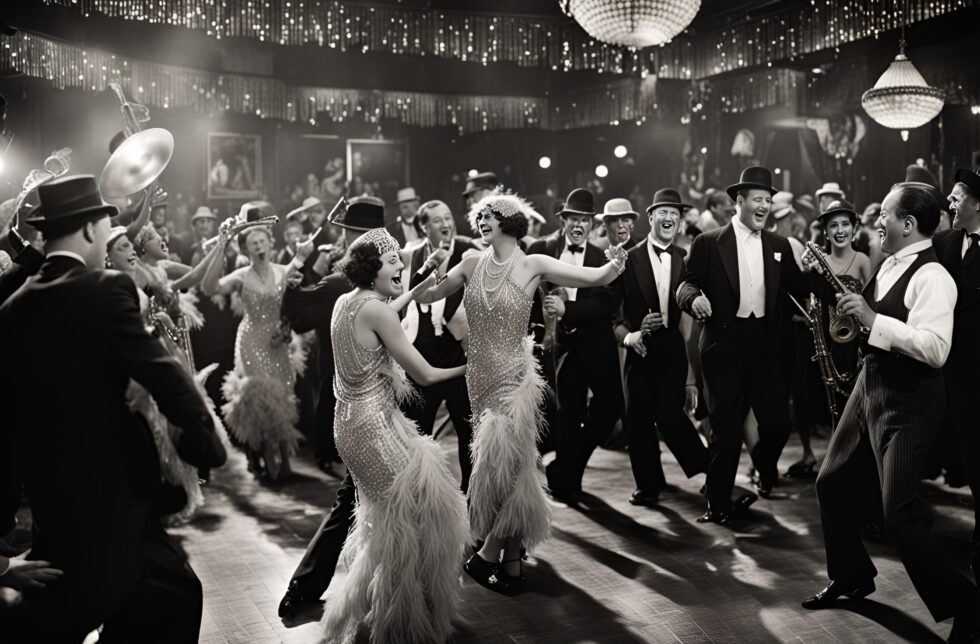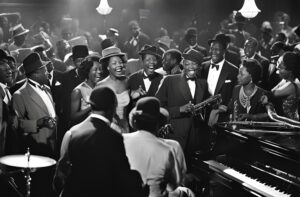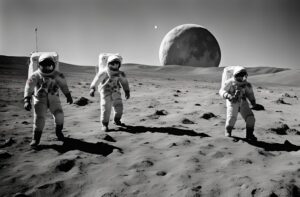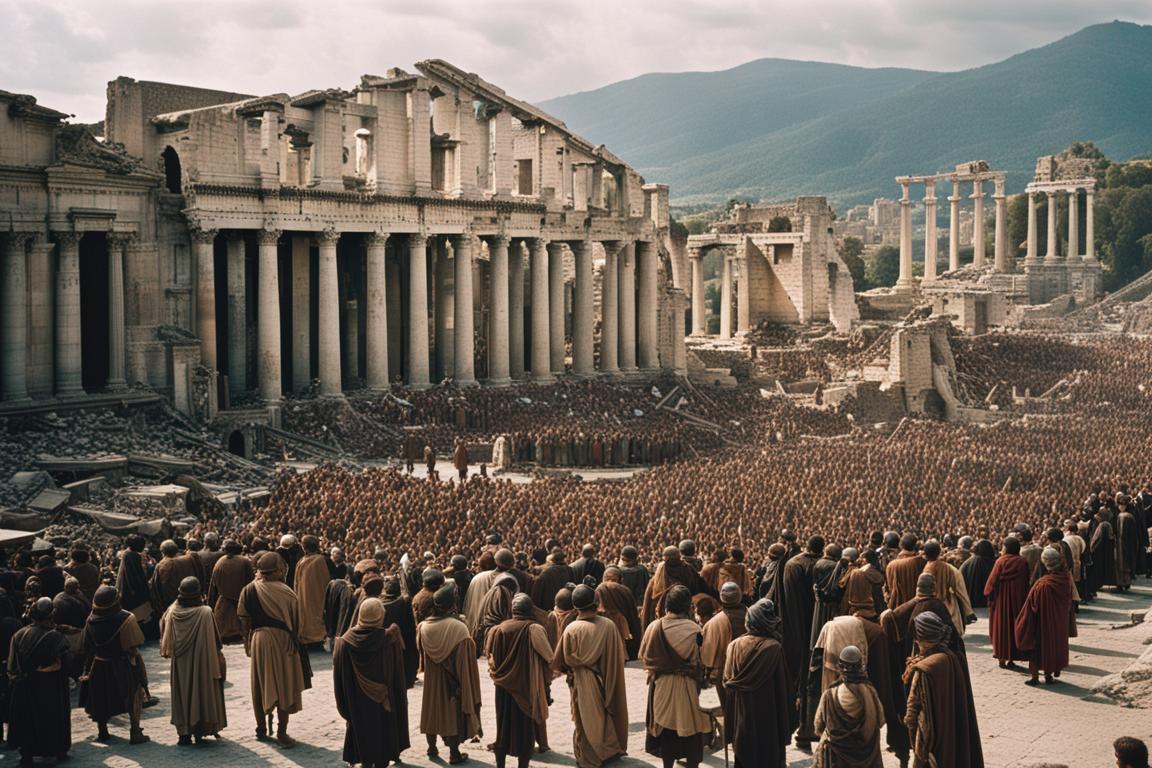
The Roaring Twenties, a decade of economic prosperity and cultural flourishing, extended well into the 1930s and beyond. With no economic collapse to halt its momentum, the United States led the charge into a new era of innovation and advancement, fundamentally altering the course of human history.
As the 1930s progressed, the United States continued to experience unprecedented economic growth. Industries that had been burgeoning in the 1920s, such as automobiles, aviation, and radio, expanded at an even more rapid pace. Henry Ford’s assembly lines churned out affordable cars for the masses, making automobile ownership a common reality for many American families. The aviation industry, fueled by the success of pioneering flights and the public’s fascination with air travel, saw the rise of commercial airlines connecting cities across the nation. Radio, the dominant form of mass communication, evolved into a powerful platform for entertainment, news, and advertising, knitting the country together in a shared cultural experience.
With prosperity came a surge in technological innovation. The absence of the Great Depression meant that funding for research and development remained robust. Universities and private companies alike invested heavily in scientific exploration, leading to breakthroughs in fields such as medicine, energy, and computing. The discovery of antibiotics, for example, occurred earlier in this timeline, saving countless lives and revolutionizing healthcare. The development of nuclear energy, initially for peaceful purposes, provided a new, powerful source of electricity, reducing the world’s reliance on fossil fuels and mitigating the environmental impact of industrialization.
The political landscape also evolved in this alternate history. Without the economic turmoil of the Great Depression, extremist ideologies found less fertile ground in which to take root. In Europe, the absence of widespread poverty and unemployment meant that fascist movements struggled to gain the same traction. While tensions still simmered, the political climate was more stable, and diplomatic efforts were more successful in maintaining peace. Consequently, the Second World War, as we know it, never erupted. Instead, a series of smaller conflicts and diplomatic negotiations characterized the mid-20th century, preventing the widespread devastation that had once reshaped the globe.

The cultural impact of this prolonged period of prosperity was profound. The arts flourished as never before, with writers, musicians, and filmmakers finding ample support and audiences for their work. Jazz, which had defined the 1920s, continued to evolve, influencing a wide range of musical genres. Hollywood, unscathed by economic hardship, produced a steady stream of films that captivated audiences worldwide. The Harlem Renaissance, a cultural movement celebrating African American creativity, extended well into the 1930s, leaving an indelible mark on American culture.
As the 1940s approached, the United States found itself at the forefront of a global movement toward modernization and progress. The absence of a major economic depression allowed the country to invest heavily in infrastructure, education, and social programs. Public works projects transformed cities, building highways, bridges, and public buildings that stood as testaments to human ingenuity and ambition. The GI Bill, introduced earlier in this timeline, provided veterans with access to higher education and home loans, fostering a generation of educated, prosperous citizens.
The ripple effects of this alternate history were felt around the world. Developing nations, inspired by the success of the United States, sought to emulate its model of economic growth and innovation. International cooperation flourished, with countries working together to address global challenges such as poverty, disease, and environmental degradation. The United Nations, founded earlier and with stronger support, became a powerful force for peace and progress, mediating conflicts and promoting human rights.

By the time the 1960s arrived, the world was a vastly different place. The Space Race, fueled by continued economic prosperity and technological advancements, began earlier and progressed more rapidly. In this timeline, humans set foot on the moon in the late 1950s, a decade ahead of schedule. The success of the lunar missions inspired a new generation of scientists and engineers, leading to further exploration of the solar system and beyond.
The social fabric of the United States also evolved in this alternate history. The Civil Rights Movement, while still necessary, faced less resistance in a society that had experienced prolonged prosperity and progress. The absence of economic hardship meant that racial and social inequalities, while still present, were less pronounced, allowing for more rapid advancements in civil rights and social justice.
As the 20th century drew to a close, the world stood on the brink of a new era of possibility. The absence of the Great Depression had allowed humanity to achieve remarkable progress in a relatively short span of time. The lessons of this alternate history were clear: with stability and prosperity, the human race could accomplish extraordinary feats, transforming the world into a place of innovation, cooperation, and hope.




